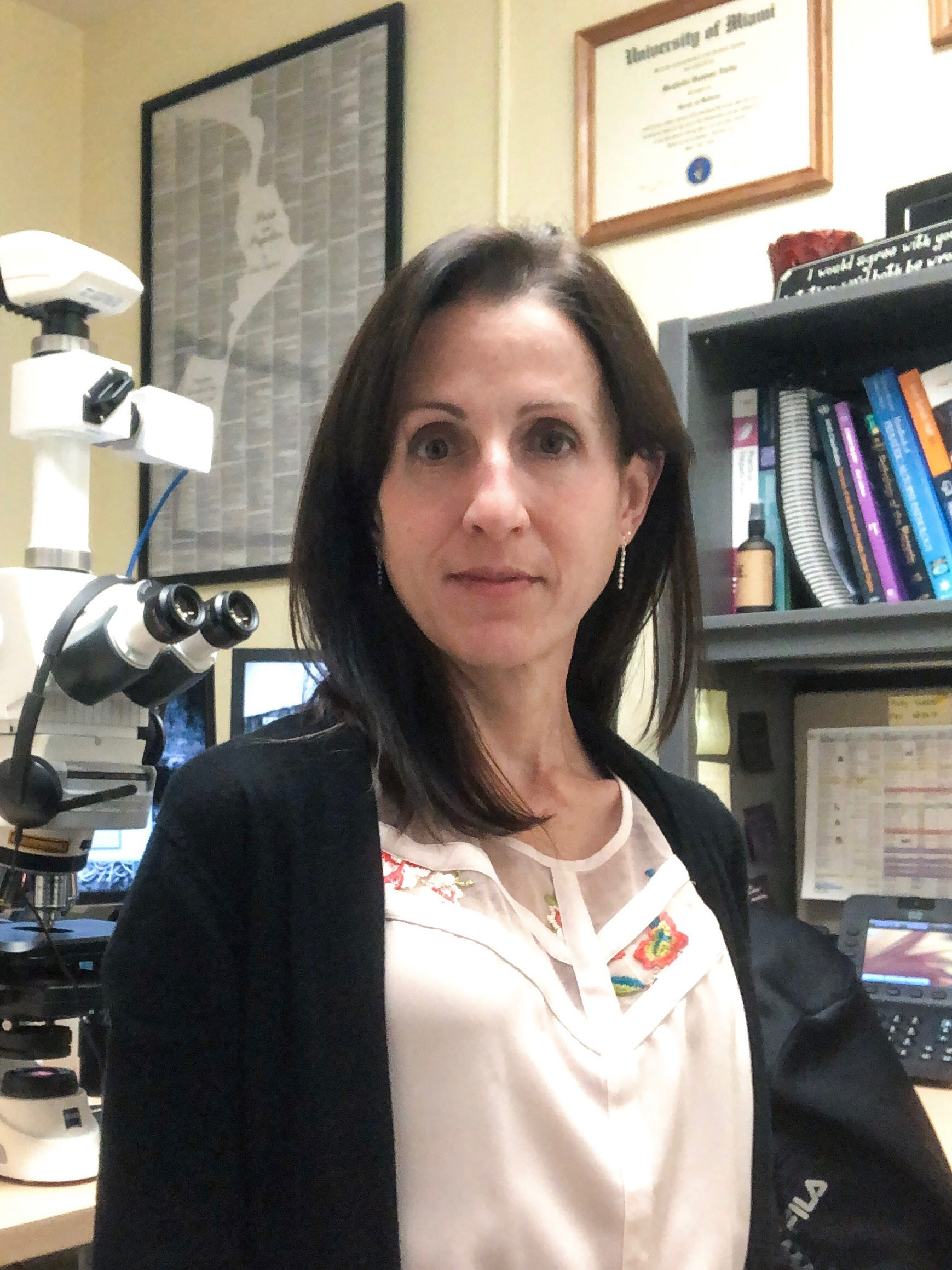Table of Contents
Definition / general | Epidemiology | Pathophysiology | Clinical features | Case reports | Gross description | Gross images | Microscopic (histologic) description | Molecular / cytogenetics description | Differential diagnosis | Additional referencesCite this page: Ziadie MS. Acquired cystic kidney disease. PathologyOutlines.com website. https://www.pathologyoutlines.com/topic/kidneytumoracquiredcyst.html. Accessed April 2nd, 2025.
Definition / general
- Three or more cysts per kidney in patients on longstanding hemo- or peritoneal dialysis for end stage renal disease (unrelated to underlying renal pathology)
Epidemiology
- Occurs in 10% - 20% of patients within the first three years of dialysis, 50% within the first five years and 90% after ten years
- Also occurs in patients with longterm uremia prior to dialysis
- Males > females during first ten years of dialysis
- Not restricted to adults; occurs in children and young adults on dialysis (Pediatr Nephrol 1997;11:447)
- Frequency and severity not affected by online hemodiafiltration (Ren Fail 2009;31:555)
Pathophysiology
- May be due to uremia
- Cysts may form due to obstruction by oxalate crystals, fibrosis or hyperplasia
Clinical features
- Increased (7 - 50x) risk of renal cell carcinoma (7% at 10 years), but death is rare (Clin Nephrol 2003;59:153)
Case reports
- 36 year old man on CAPD for 6 years (Nephrol Dial Transplant 2002;17:500)
Gross description
- Moderately enlarged kidneys (usually < 800 g) with cortical and medullary cysts containing clear fluid
- > 40% replacement of kidney with cysts
Gross images
Microscopic (histologic) description
- Cysts lined by flattened or cuboidal epithelium that may show focal pseudopapillae with nuclear enlargement and loss of polarity
- Cysts may contain oxalate crystals
- Surrounding parenchyma shows global glomerulosclerosis, interstitial fibrosis and tubular atrophy
Molecular / cytogenetics description
- Atypical epithelial proliferations associated with gains of #7, #12, #17, #20 and Y, suggesting they represent early neoplasms (Hum Pathol 2002;33:761)
Differential diagnosis
- Autosomal dominant polycystic kidney disease: markedly enlarged kidneys up to 2 - 4 kg and with family history
Additional references







